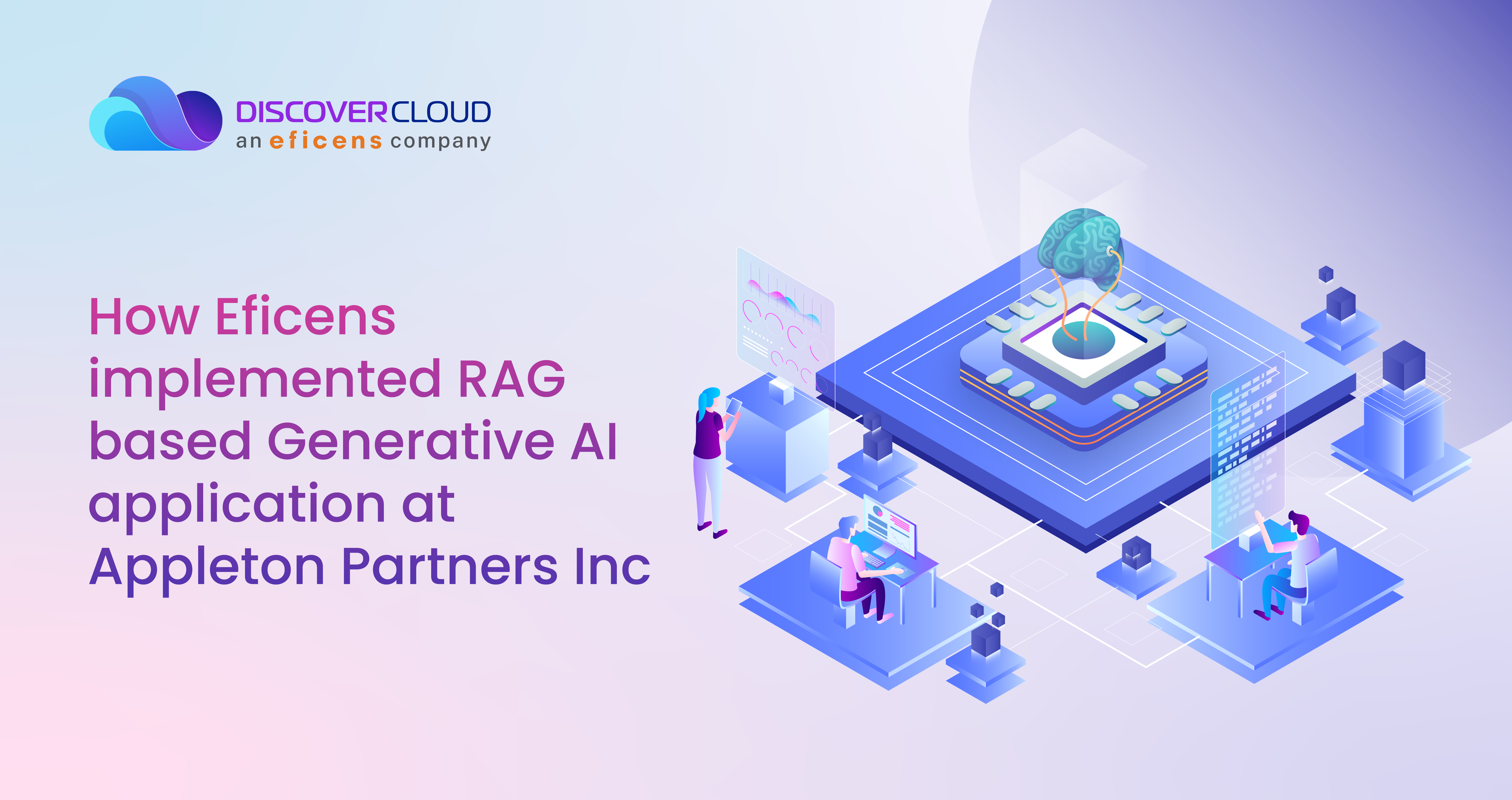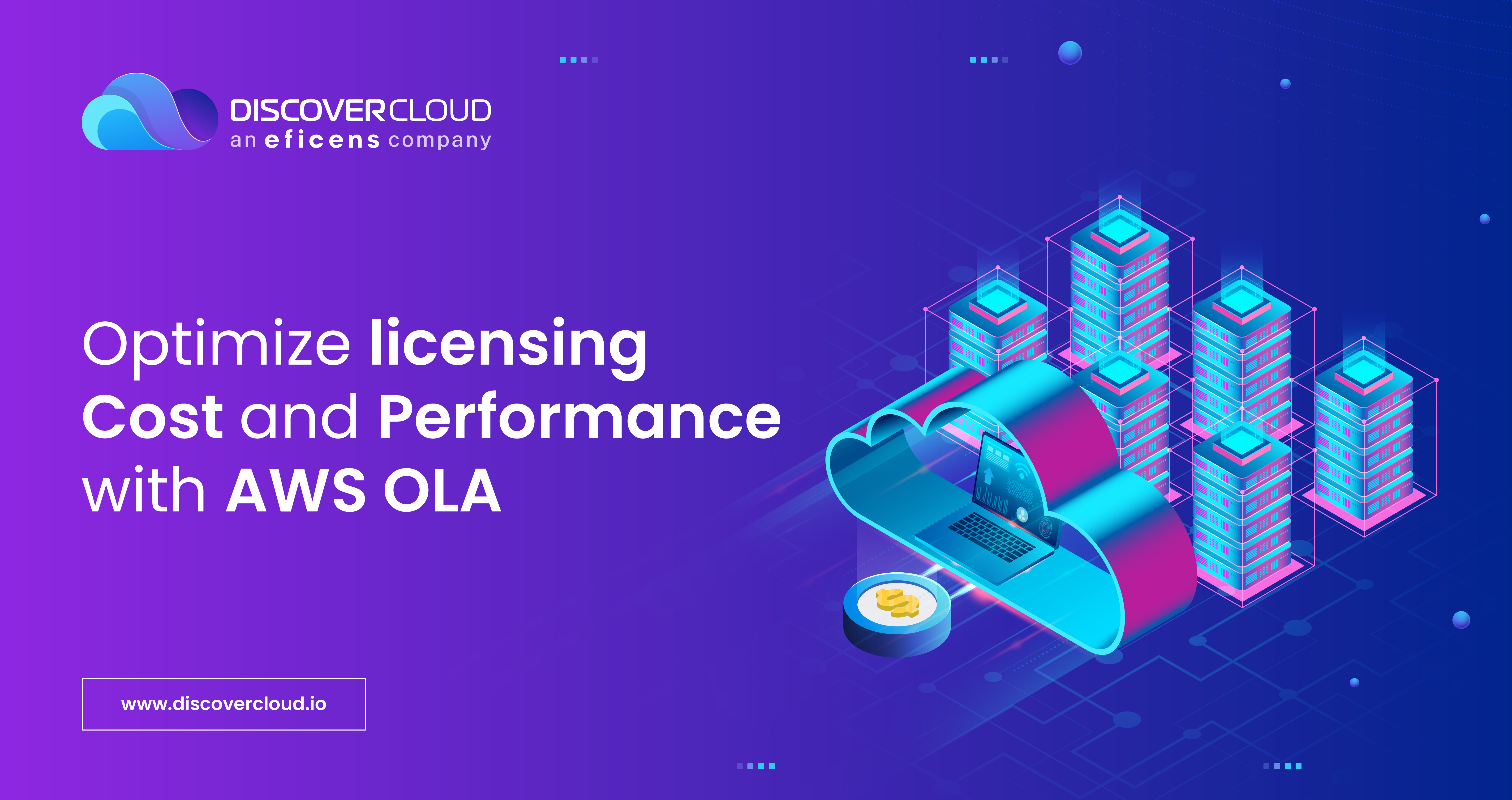- What Is Monolithic Architecture?
- Pros and Cons of Monolithic Architecture
- What Is Microservices Application Architecture?
- Pros and Cons of Microservices Architecture
- Monolithic or Microservices: What to Choose When
- Here’s How DiscoverCloud Can Help You Choose
- Making the Right Cloud Architectural Choice
When it comes to application development, the critical decision between monolithic and microservices architectures stands at the forefront of DevOps in cloud strategies. The choice is pivotal, not just in terms of technological implementation but as a defining factor for the future trajectory of software delivery and updates. With 86% of organizations recognizing the value of DevOps as crucial, according to Harvard Business Review, the decision to adopt either a microservices or monolithic approach is more relevant than ever.
In this blog, we delve into the fundamental differences between microservices and monolithic architectures and guide you through the decision-making process, ensuring that your approach aligns perfectly with your business needs and DevOps in Cloud objectives.

What Is Monolithic Architecture?
Monolithic architecture represents a traditional unified model for designing software applications. In this approach, all components of the application — user interface, business logic, data access layer, and more — are tightly integrated and compiled into a single program from a single platform. Imagine it as a robust, singular block of functionality where every component is interconnected and interdependent.
The beauty of a monolithic application lies in its simplicity. For developers, this means ease of development, deployment, and testing since all parts of the application are unified. Moreover, monolithic architecture is often the go-to choice for small-scale applications or projects with a limited scope where the benefits of single-tiered software outweigh the need for scalability.
Pros and Cons of Monolithic Architecture

When considering monolithic architecture for DevOps in cloud environments, it’s essential to weigh its advantages and drawbacks. Understanding these pros and cons will help you determine whether it aligns with your business needs and cloud development objectives.
Pros of Monolithic Architecture
- Simplicity in Development and Deployment- Monolithic applications are straightforward to develop, test, and deploy, as they encompass all functionalities in a single, unified codebase. This simplicity is particularly beneficial for smaller applications or teams with limited resources.
- Reliability- Due to their single-tier structure, monolithic architectures often demonstrate high reliability. The tightly coupled components ensure consistent operation and performance, which can be a significant advantage for certain types of applications.
- Ease of Debugging and Testing- Troubleshooting a monolithic application can be more straightforward because there’s only one codebase to examine. This unified nature simplifies the identification and resolution of issues.
- Standardized Development Process- Monolithic architectures often follow conventional development practices, making it easier for developers familiar with these methods to contribute and maintain the application.
Cons of Monolithic Architecture
- Scalability Challenges- As businesses grow, scaling a monolithic application can become problematic. Due to its unified structure, scaling requires duplicating the entire application, which can be resource-intensive and inefficient.
- Difficulty in Implementing Changes- Any modification, even minor, necessitates redeploying the entire application. This can slow down the update process and make continuous delivery challenging.
- Risk of Technology Lock-in- Monolithic applications are typically built on a singular technology stack, making it difficult to adopt new technologies or frameworks without significant restructuring.
- Cumbersome for Large Applications- For complex or large-scale applications, monolithic architecture can become unwieldy, leading to a slower development cycle and potential performance issues.
Basically, monolithic architecture offers simplicity and reliability, but its limitations in scalability and flexibility become evident in larger, more complex projects, particularly in dynamic cloud environments. DiscoverCloud can help navigate these complexities, providing insights and solutions that align perfectly with your cloud strategy.
What Is Microservices Application Architecture?
Microservices application architecture represents a modern, distributed approach to designing software applications. Contrasting with the monolithic architecture, this method breaks down an application into a suite of smaller, independent services, each responsible for a specific function or business capability. These services are loosely coupled, communicate through well-defined APIs, and can be deployed independently.
The microservices architecture is akin to a mosaic, where each microservice is a unique piece contributing to the overall picture. It’s a shift from the all-in-one approach of monolithic applications to a more modular and flexible design, allowing each microservice to run on its own, scale independently, and be updated or replaced without having any kind of impact on the rest of the application.
Pros and Cons of Microservices Architecture

With a clear understanding of the microservices application architecture, let’s go over its potential benefits and inherent challenges. This holistic view is essential for businesses like yours that are looking to leverage microservices effectively in their cloud development strategies.
Pros of Microservices Architecture
- Scalability- Being distributed and loosely coupled, microservices can be scaled independently, offering greater flexibility and efficiency in handling varying loads.
- Resilience- Failure in one microservice doesn’t necessarily bring down the entire application, enhancing overall resilience.
- Technological Diversity- Microservices allow for the use of different technologies and languages within the same application, providing flexibility in choosing the best tool for each specific service.
- Ease of Deployment and Updates- Independent services mean easier deployment and faster, more frequent updates, aligning well with continuous integration and delivery practices in DevOps.
Cons of Microservices Architecture
- Complexity in Management- The distributed nature of microservices introduces complexity in managing and orchestrating numerous services.
- Inter-Service Communication- Ensuring efficient and secure communication between microservices can be challenging, requiring robust networking and API strategies.
- Data Consistency- Maintaining data consistency across various microservices can be complex, necessitating advanced coordination mechanisms.
- Potential for Resource Overhead- Each microservice may require separate resources, potentially leading to increased resource consumption.
Microservices architecture offers a flexible, scalable solution particularly suited for large-scale, complex applications in cloud environments. Its modular nature aligns with the agility and rapid innovation goals of DevOps in the Cloud.
To maximize the benefits of microservices, consider partnering with DiscoverCloud. Our expertise and innovative tools can streamline your transition and management of microservices, ensuring they align perfectly with your cloud development goals. Let’s explore these architectures further and identify the best path for your application development strategy.
Monolithic or Microservices: What to Choose When

Deciding between monolithic and microservices architectures is a decision that significantly impacts your application development and deployment. The right choice varies based on several factors, including the size of your business, the complexity of the project, your team’s expertise, and your long-term technological goals.
When to Choose Monolithic Architecture
- Small to Medium-Sized Projects- For smaller projects or startups with limited resources, the simplicity and integrated nature of monolithic architecture make it an ideal choice.
- Less Complex Applications- If your application is not too complex and doesn’t demand high scalability or frequent updates, a monolithic architecture can be more efficient and easier to manage.
- Rapid Prototyping- When quick development and deployment are necessary, such as in the case of MVPs (Minimum Viable Products), monolithic can speed up the process due to its straightforward setup.
- Teams with Traditional Skill Sets- If your development team is more accustomed to traditional, unified development environments, starting with a monolithic architecture might be more practical.
When to Choose Microservices Architecture
- Large-Scale, Complex Applications- For larger applications or those requiring high scalability, microservices offer the flexibility and scalability needed.
- Diverse Technology Requirements- If different parts of your application require different technology stacks or programming languages, microservices architecture can accommodate this diversity.
- Organizations with DevOps Maturity- Microservices fit well in organizations that have adopted DevOps practices and have the infrastructure to support continuous integration and deployment.
- Need for High Resilience- If your application needs to be highly available with minimal downtime, the isolated nature of microservices can provide better fault tolerance and easier maintenance.
Considerations for Both
- Organizational Culture and Structure- The architecture choice should align with your team’s capabilities and your organization’s culture. Microservices require a culture of collaboration and a DevOps mindset, whereas monolithic might be more suitable for traditional development teams.
- Resource Allocation- Evaluate your resource availability. Microservices might require more initial investment in terms of time and infrastructure setup.
- Future Growth and Scalability- Consider your long-term plans. If you anticipate rapid growth or frequent changes, microservices might be a better fit.
Choosing between monolithic and microservices is a decision that should be aligned with your overall business strategy and technical requirements. It’s not just about following a trend but about making a strategic choice that suits your specific needs in the landscape of DevOps in the Cloud.
Here’s How DiscoverCloud Can Help You Choose
Making the right architectural choice for your application – be it microservices or monolithic – is just the beginning. The real challenge lies in effectively implementing and managing these architectures to maximize their potential. This is where DiscoverCloud steps in, offering unparalleled expertise and innovative solutions that transform the way businesses approach DevOps and cloud computing.
- Expert Consultation and Tailored Strategies- DiscoverCloud’s team of experts brings decades of experience in cloud technologies and DevOps practices. They provide personalized consultation to help you choose the right architecture that aligns with your business needs and objectives.
- State-of-the-Art Accelerators- With proprietary accelerators like SAP Assist, Traverse, and Trekora, DiscoverCloud offers tools that simplify the complexities of cloud migration and optimization. These accelerators provide instant insights, tailored migration strategies, and cost-saving recommendations, empowering you to make informed decisions.
- Comprehensive Cloud Services- Whether it’s CloudOps, DevOps, FinOps, SecOps, or DBOps, DiscoverCloud covers all areas of cloud services. Their comprehensive approach ensures that no aspect of your cloud infrastructure is left unoptimized.
- Innovation and Modernization- At the heart of DiscoverCloud’s services is a commitment to innovation. They help modernize your applications and infrastructure using the latest technologies in analytics, AI implementation, and application modernization, keeping you ahead in the competitive cloud landscape.
- Customer-Centric Solutions- DiscoverCloud prioritizes your business’s unique needs. Their customer-centric approach means that solutions are not just technically sound but also aligned with your specific business goals.
- End-to-End Support- From planning to execution, DiscoverCloud offers end-to-end support in your cloud transformation journey. Their team ensures that you receive the highest value, eliminating the need for multiple external consultations.
Whether you are just starting out or looking to optimize your existing cloud infrastructure, DiscoverCloud can be your co-pilot in the cloud journey. We understand the intricacies of both microservices and monolithic architectures and offer the tools, expertise, and support needed to navigate the complexities of cloud development.
Making the Right Cloud Architectural Choice
Choosing the right architecture in cloud development – be it microservices or monolithic – is a critical step in shaping your business’s technological future. If you need any help making the right choice and harnessing its benefits without the complexities, DiscoverCloud is here to guide you. Embark on this journey with us, and let’s unlock the full potential of your cloud endeavors. Wishing you the best in your digital transformation!





